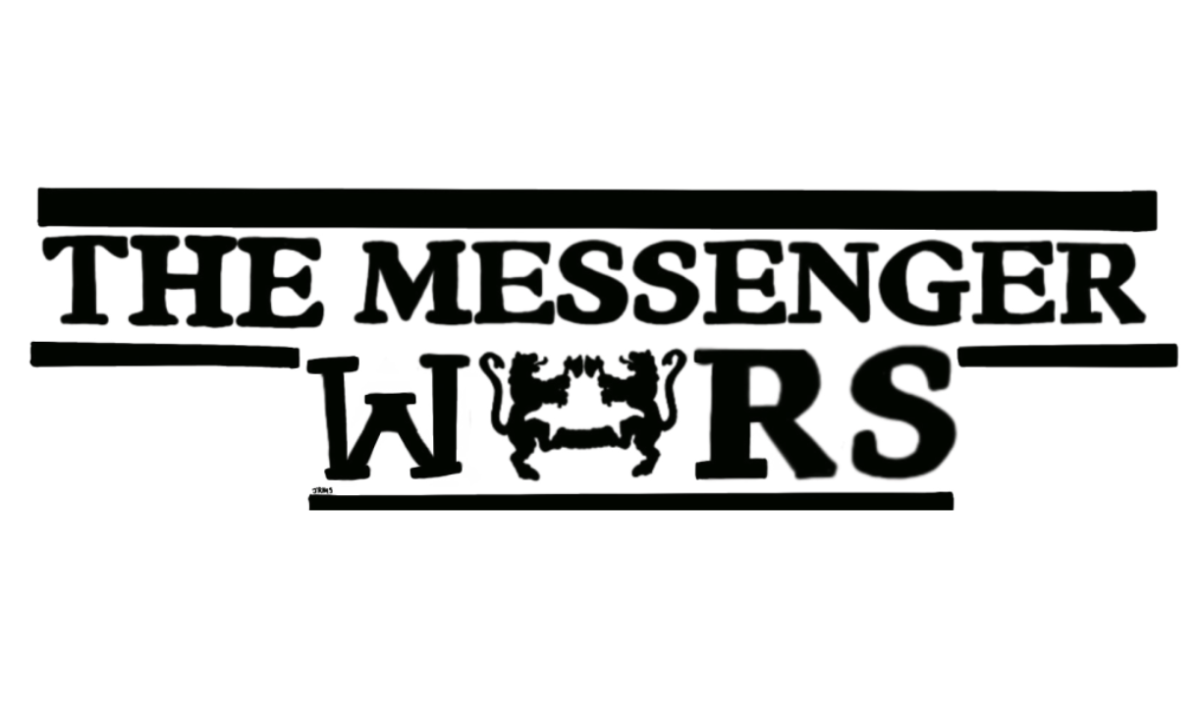Recently we have seen a large resurgence of crime shows that examine real, historical trials. This genre originated in the 1980s, often through the medium of television series. The cases featured in these popular television shows tend to exemplify two major scenarios: trials where the individual accused was potentially wrongfully convicted or wrongfully set free.
I believe society’s current fascination with such shows may stem from the social media outcry surrounding court cases in the past few years when the legal system convict those whom the public deemed guilty. Crime shows such as “Making a Murderer,” which assert that the police could be responsible for planting evidence that leads to a wrongful conviction, only serve to inflame this anger. Apparently, our legal system makes for good T.V.
It is important to note that the U.S. uses the common law system. Under common law, the decision makers of a case are made up of a jury of individuals of all levels of education and profession. As such, there is no promise that they will know what is legally acceptable or credible evidence to use while forming their opinions. Thus, attorneys can raise objections to keep out information that is not entirely relevant.
However, these objections can also be used to keep out information that is harmful to either the defense or prosecution’s case theories. Depending on how judge rules on objection battles between the prosecution and defense counsels, some crucial evidence may be left out and not given to the jury for their deliberation, leading to surprising verdicts.
Our shock with the legal system can lead to a personal hunt for the truth. When a television show presents us with an opportunity to revisit these startling cases, it promises to showcase all of the case facts impartially. In this way, the viewer assumes the role of both the jury and the judge. And to some, it is tantalizing to try and understand the case and the details that informed the courts decision. Viewers want to know what really happened.
“Thrillers with good twists for example, are exciting to watch because us viewers just love to play detective – so it’s not all about being the bad guy. It gives us a sense of superiority we might not get in our everyday lives, particularly if we figure out the ending correctly before our friends. This feeling of gratification when it comes to the end result can’t help but be amplified when it’s a real story,” wrote Amy West, International Business Times columnist.
So, we turn to the media for truth: what does it feel like to commit a crime? What could compel you to do it? Did you actually do it? How do I feel about it?
Perhaps the most important question to ask is “Are these television shows telling me the truth?” Remember, the programs are not under oath and can construct characterization and plots that deviate from reality as much as they please.
“Mainstream media journalists … we’re not supposed to have an agenda. We’re supposed to play it down the middle. But an independent filmmaker – or filmmakers in this case – they’re allowed to adopt any agenda they want if they can sell it, as long as they’re transparent about it,” said Tom Jackman, Washington Post Crime Reporter, on “Making a Murderer.”
This evaluation illustrates the importance of taking into consideration the motivation of these shows.
Jackman continued, “That is a sort of journalistic outlook, but the problem being that they then embedded with one side, that being the defense, and the story is largely presented from the defense point of view.”
As we review history to understand what happened in these legal cases, it is crucial that we approach it with both skepticism and an open mind, with an eye out for the signs of spectacle. There’s certainly no harm in binge watching them for fun, as they can also be educational.
Thus, if we use crime shows as a launching point for our own critical thinking and research, instead of a pure source of truth, the media’s potential biases should not discourage viewers from tuning in.
Julia Pilkington ’17 ([email protected]) is from Santa Barbara, Calif. She majors in English.


